Daniel Gerhartz shares paintings that illustrate tips for assessing your subject in order to most accurately relay the correct values and edges. Apply it to figurative art, still life paintings, and other subjects as well.
Painting Figurative Art: The Pursuit of Light
By Daniel Gerhartz
As an artist, continuing education is necessary and critical to my development. My primary means of gaining new information has been to visit museums here and abroad, and absorb the works of the masters. I have studied, copied, and dug deep to try to understand how they solved problems, and how their explorations can offer insight into ways I deal with matters of light and form.
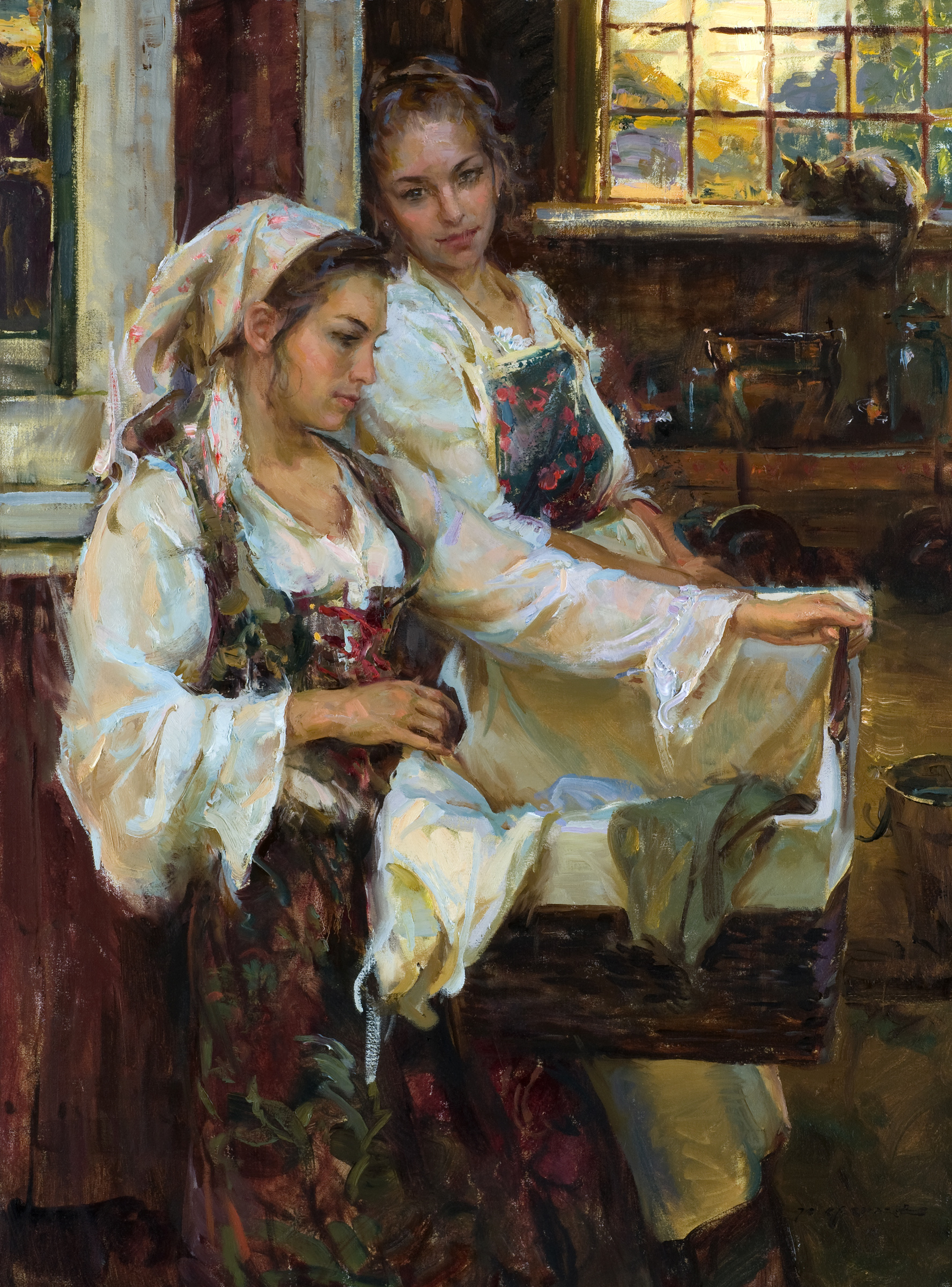
As I reflect on what I have seen and experienced, one question I always try to ask is, “What were the works that most moved me?” As I have tried to identify the reasons why certain works emerged, it is often easier to identify reasons why others have not.
It has certainly not been the subject matter. My favorites have ranged from the simplicity of a pail of potatoes to a young child with pearlescent skin tones in a work of figurative art; from the beauty of youthful spring to the lament of the dying.
It was not the color alone that drew me in. My favorites have varied from the colorful, vibrant beach scenes of Joaquin Sorolla to the most impressive reserve in grays by Emil Carlsen.
Nor was the composition necessarily the element that caused my heart to skip a beat. While the design may have grabbed my attention from across the room, I don’t believe that was what mesmerized me in the end.

What was this element, I wondered, that courted my soul and set my sense of wonder astir? I believe it was the convincing effect of light captured by the artist. When I refer to the “effect of light,” I don’t necessarily mean just a strong, bright source of light, but instead one that is perhaps the most subtle trace of twilight light, or the soft coolness of an overcast afternoon. Once I had identified that the sense of light was the unifying link that moved me most, the obvious question as a student of art was, “How did they achieve such effects?”
In my experience, when I have been most successful capturing light, it has not been when I consciously set out to do so, but instead when I honestly tried to reproduce the effect before me. There are no tricks to painting light, although some may suggest otherwise. An accurate portrayal of the values and edge relationships is the essential key.
Some may think that color is the necessary ingredient to painting the effect of light, but I would ask you to consider works in monochrome, such as drawing or photography that can carry an amazing feeling of light without color. The etchings of Anders Zorn or the photographs of Gertrude Kasebier are two great examples of the effect of light in monochrome.
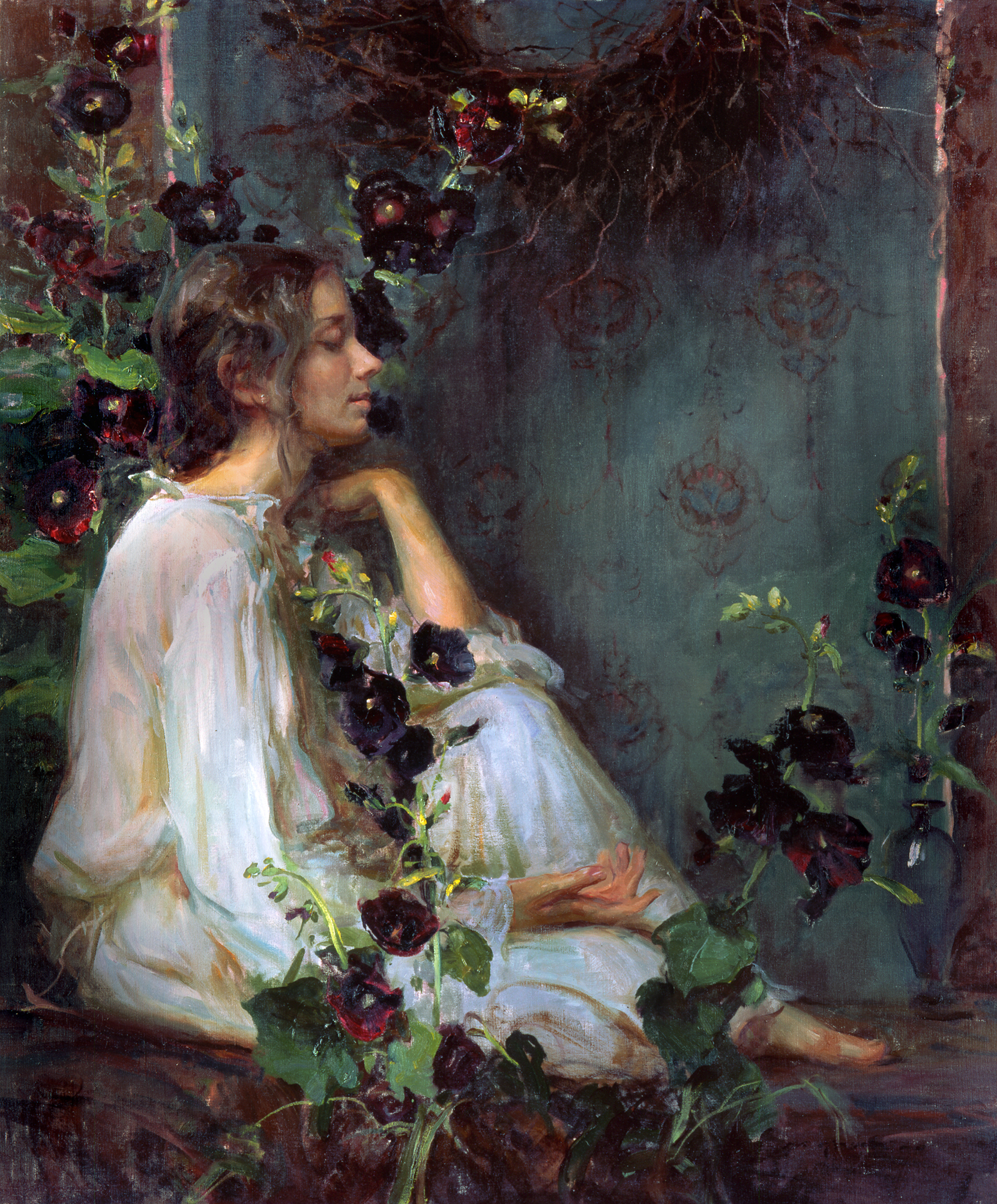
I would agree that color does add another dimension to the effect, but it is not the foundation of the feeling or mood that is carried through light. There is another reason I know this to be true. In the past, when I have had paintings that did not read like light, I thought I could remedy the problem by adding more color, but this only made the work noisier and less sensitive. When I am teaching, I see this tendency in students as well. No amount of color will make up for out-of-key values and edges that are not accurate representations of what we are actually seeing.
Here are a few works that help illustrate valuable tips I have learned to assess the subject in order to most accurately relay the correct values and edges.
Related Article > Figurative Art Spotlight:
McGarren Flack on Painting Emergency Scenes
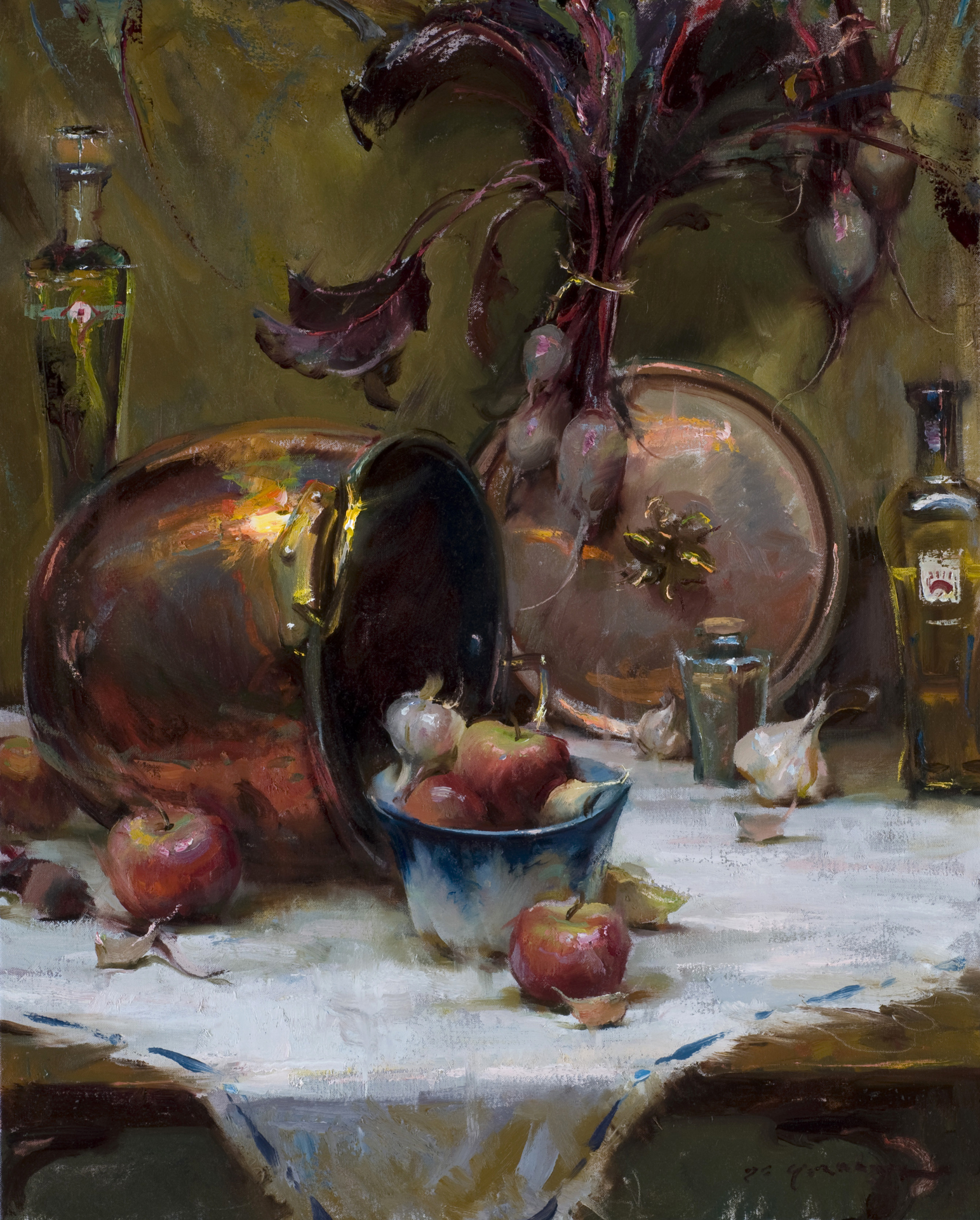
To be able to see the correct relationships of form, value, and edge, the first and most important technique is the act of squinting at the subject.
In terms of value, once you have identified the extremes in value through squinting, it is crucial at the beginning stage of your painting or drawing to render in the lightest lights and darkest darks. You can then use these extremes to judge every other value relationship, in everything from figurative art to still life paintings.
The reason we use the extremes as benchmarks is that they are the easiest to identify. It is very hard to judge the middle values when the extremes are not in place. Often if one begins without these benchmarks, the piece can start out too dark or light in the overall light tone of the form. Every other subsequent value is then misplaced, throwing off the whole effect of light. This is a common mistake, particularly when working with an extreme light source such as candlelight, sunset, or backlight.
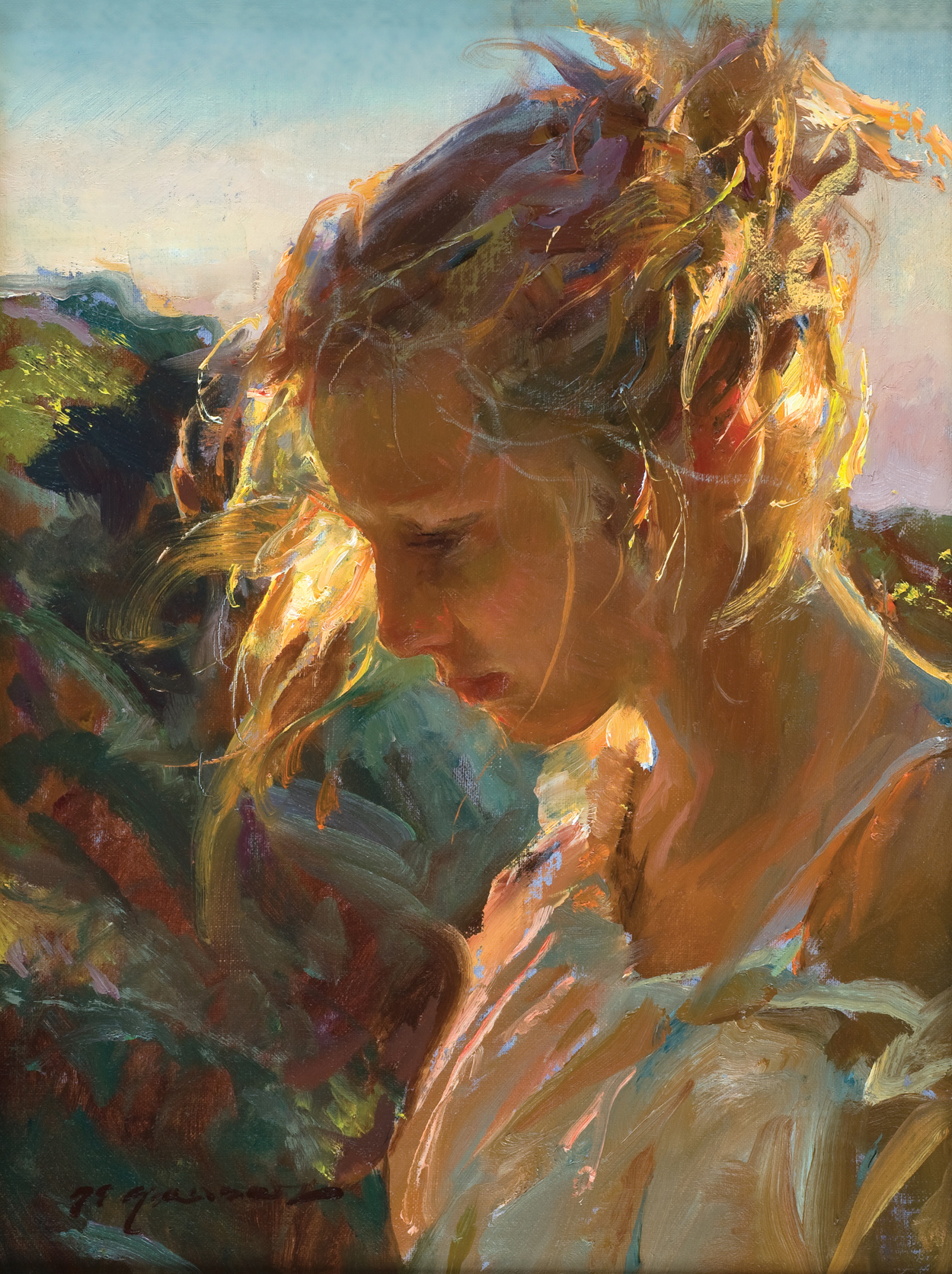
Figurative Art: Golden Light
As in the painting “Golden Light,” if the overall values of the model’s face and white blouse had not been keyed dark enough, there would not be enough light left in the value range to accomplish the striking brilliance of her backlit hair.
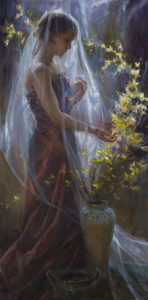
Keep in mind that if you intend to transpose the key to either a high or low key work, the extremes in value may not go from a number one to a number ten in value. Transposing will not be detrimental to the effect of light, but will simply shift the key. The relationship between the values is the critical element.
Much the same can be said about the approach to accurately assessing the edge relationships. One must squint at the subject to allow the hardest edges to emerge, and then establish them on the canvas as early in the process as possible. Again, this provides an extreme against which to judge other edges.
As an example, the edges on the model’s shoulders in “In the Stillness” are very sharp on the top edge and soften as they descend past the scapula and rib cage. They harden again as the fold moves out horizontally away from the subject’s waist and in again. In her face, the sharp edge on top of the nose accentuates the soft, graduating light as it descends across the face. These combined elements build the sense of light that originally drew me to the subject.
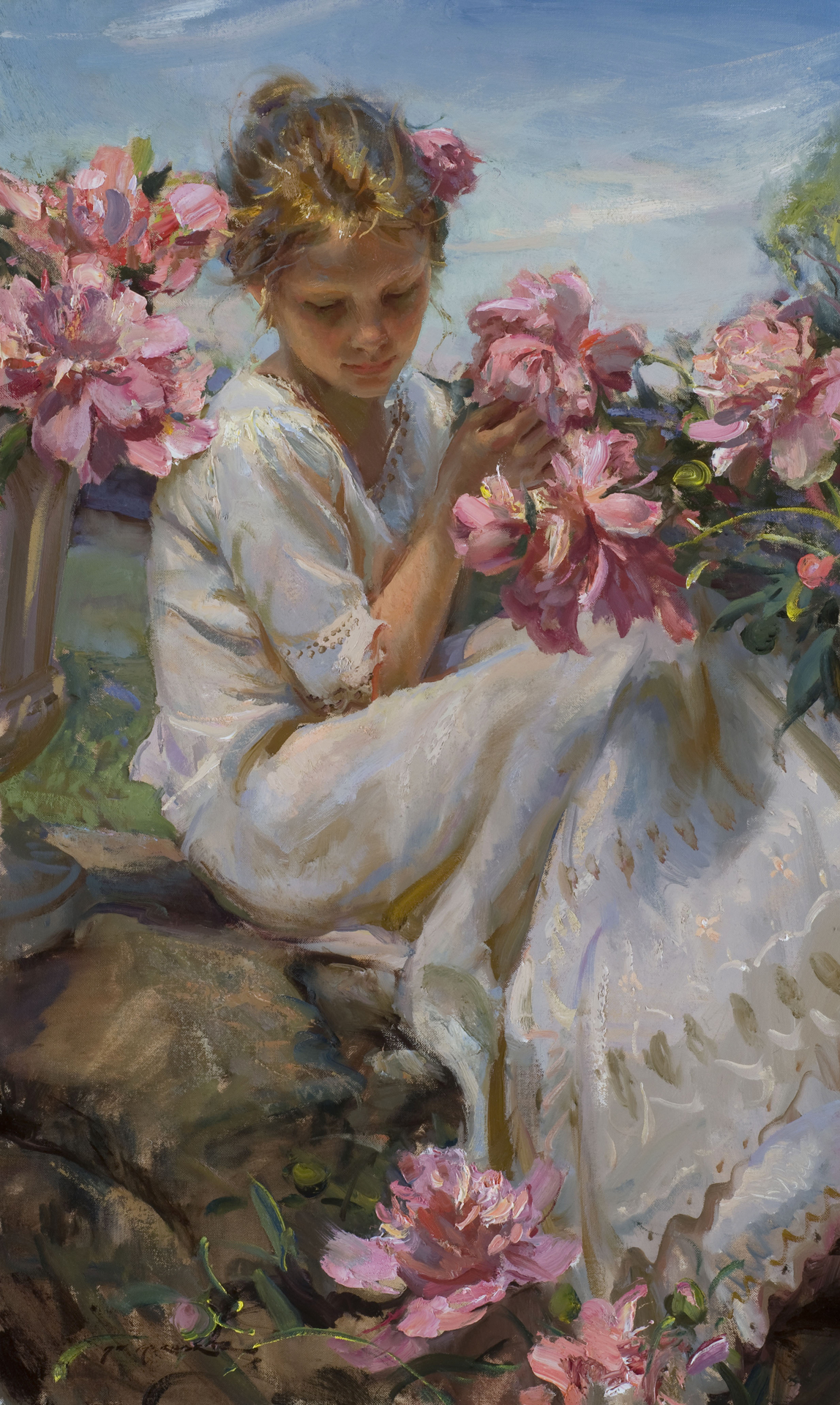
All of this brings me back to where I started. Allow yourself to be mesmerized by the sense of falling light, strive to be honest in your approach to the subject, submit to the subtlety, and record the beauty you see.
As my breath was taken away by the works of the masters because of their genius with light, perhaps someone may experience a work of yours one day and feel the same.
About Daniel Gerhartz
For more information about Daniel Gerhartz, his paintings, workshops, and publications, please visit his website at www.danielgerhartz.com.
 Let Daniel Gerhartz teach you how to paint with this art video workshop!
Let Daniel Gerhartz teach you how to paint with this art video workshop!
As Gerhartz works his way through this studio painting from start to finish, he gives an in-depth discussion as to his technical approach and what aesthetically inspires him.
Learn about the oil painting workshop “Her Mother’s Locket” here!


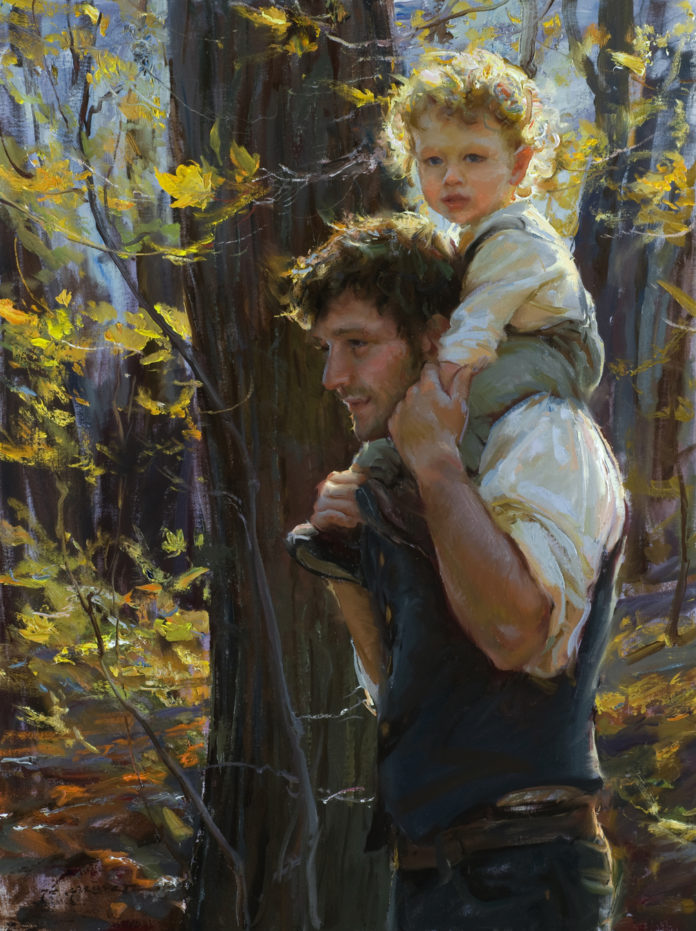
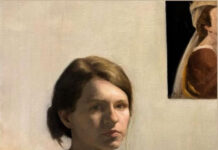
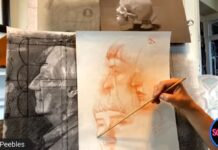
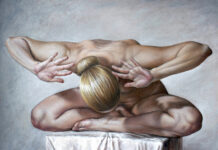
Words of wisdom from one of the best who ever picked up a brush!
Thank you so much for the insights that you provided
Comments are closed.